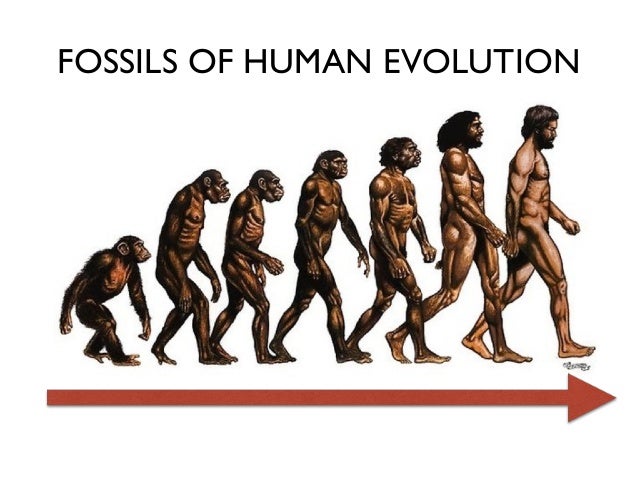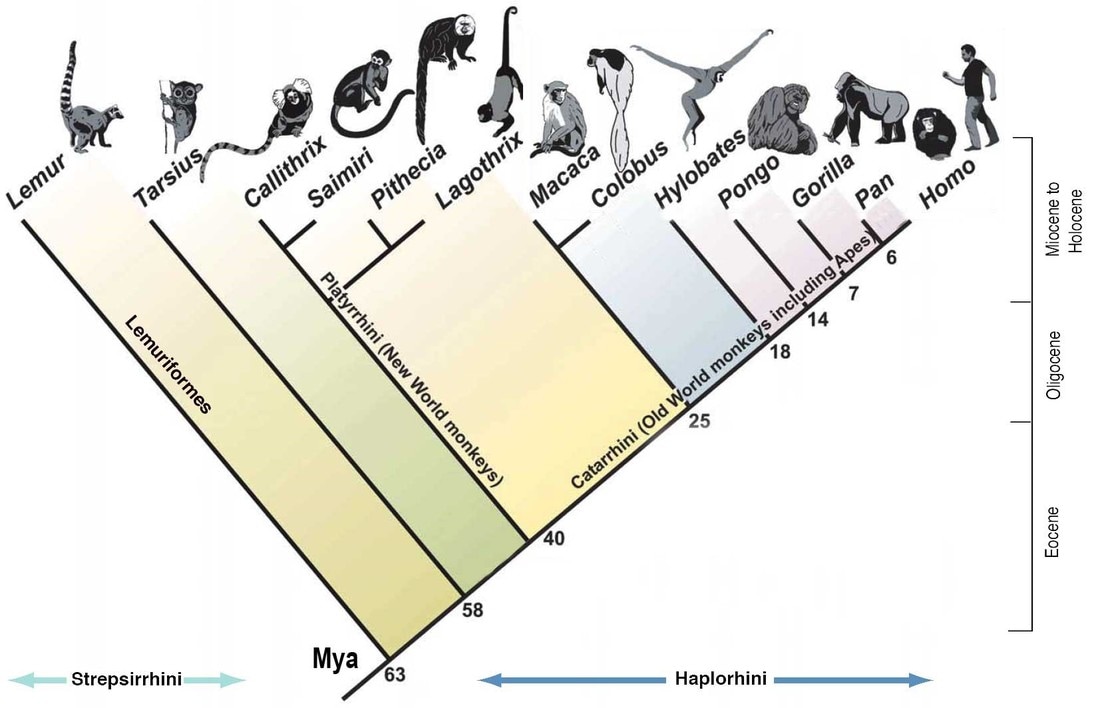Barbarian
Member
- Jun 5, 2003
- 33,356
- 2,560
The only misconception about evolutionism is that it is believed by some misguided to be true.
Yes, many YE creationists believe in "evolutionism." As you know, it has nothing whatever to do with evolution.








